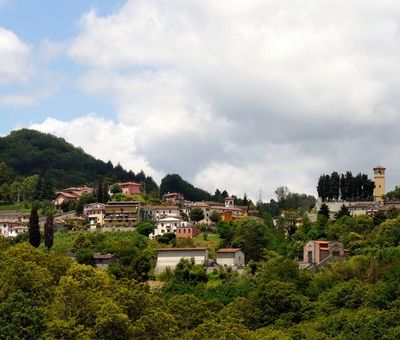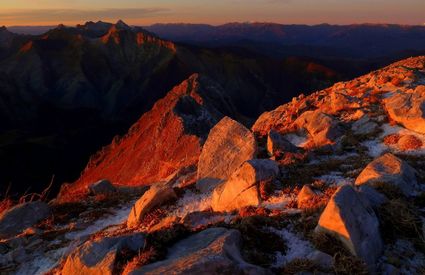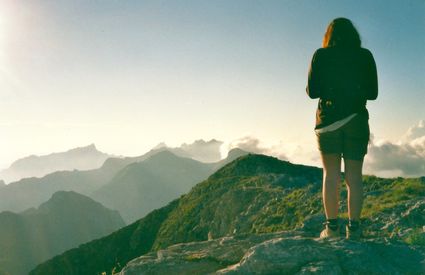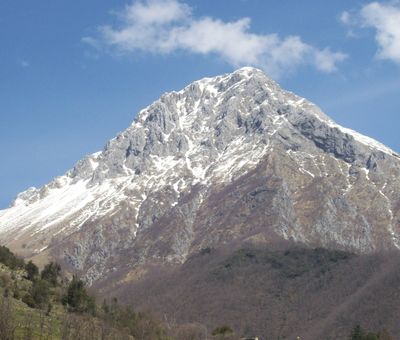The Queen of the Apuans
On the slopes of the Apuan Alps, Molazzana is seen stretching across a piece of landscape, reaching the bank of the River Serchio on one side, and flanked by peaks on the other. The landscape here is varied, and in spring it truly comes alive: starting with grapevines, olive trees and chestnut trees further down, moving upwards we encounter beech trees before meeting with the “Queen of the Apuan Alps” herself. Molazzana used to be a castle town, located in a border region, and thus often found itself at the centre of conflicts and armed skirmishes. Today only ruins remain of the castle and the fortified village of Cascio, as well as a pretty mule track which links the two.
The snowmen
Once upon a time there were woodcutters and shepherds, who, in the right season, would go stocking up on ice. In the neighbouring Versilia, the richest holidaymakers would have the pleasure of eating a delicious gelato or of seeing some of the finest produce perfectly conserved, and for this they had the “snow men” to thank. The ice was gathered from the north face of the of the Pania della Croce, principally from an area still known as Buca della Neve, or “hole of ice”. Once they arrived at the place, the snow men would haul great hunks of ice onto their shoulders and climb back down with them to the valley. Today, still, between the end of May and the beginning of June, during Pentecost at the Sanctuary of San Leonardo a little above Cardoso, on the occasion of a local festival or celebration, some “snow men” perform the old ritual of the ascent to “their” pass to collect snow and carry it back to the valley. It is then added to ice slush drinks and consumed straight away.







